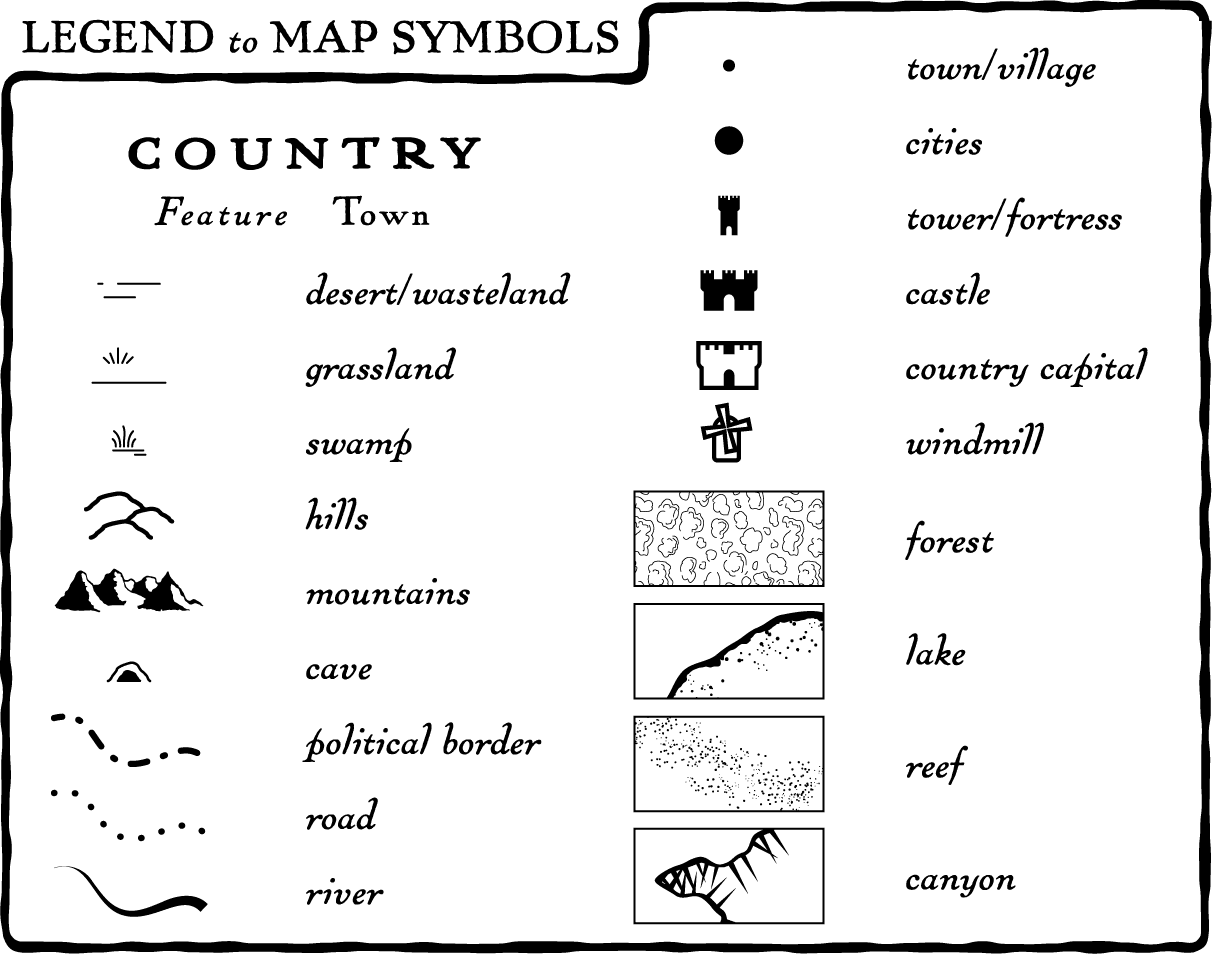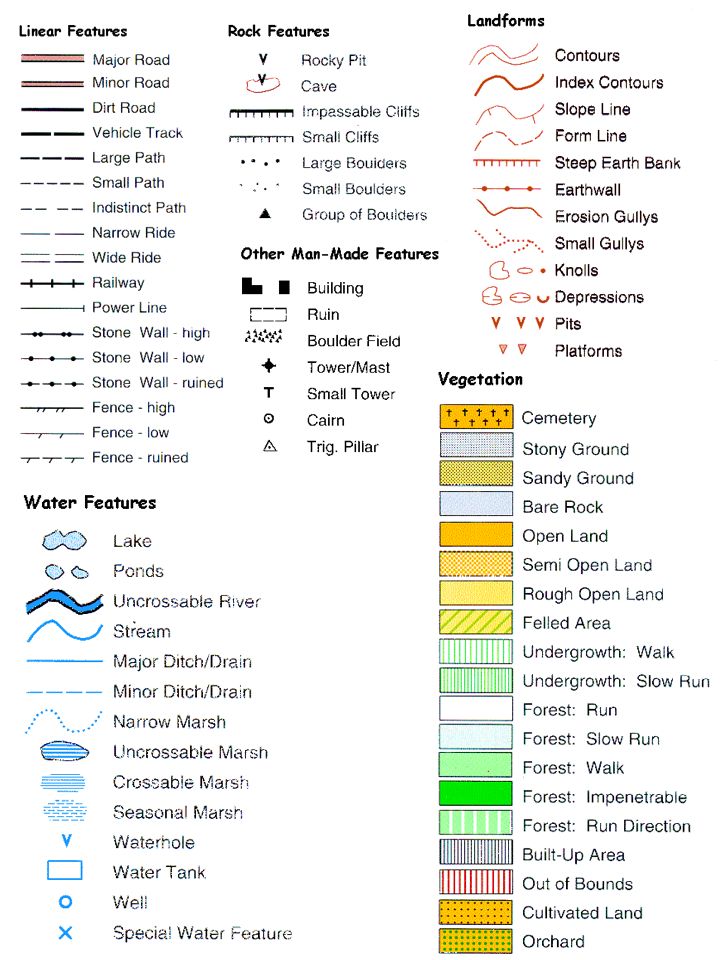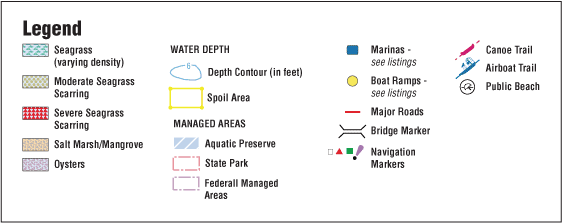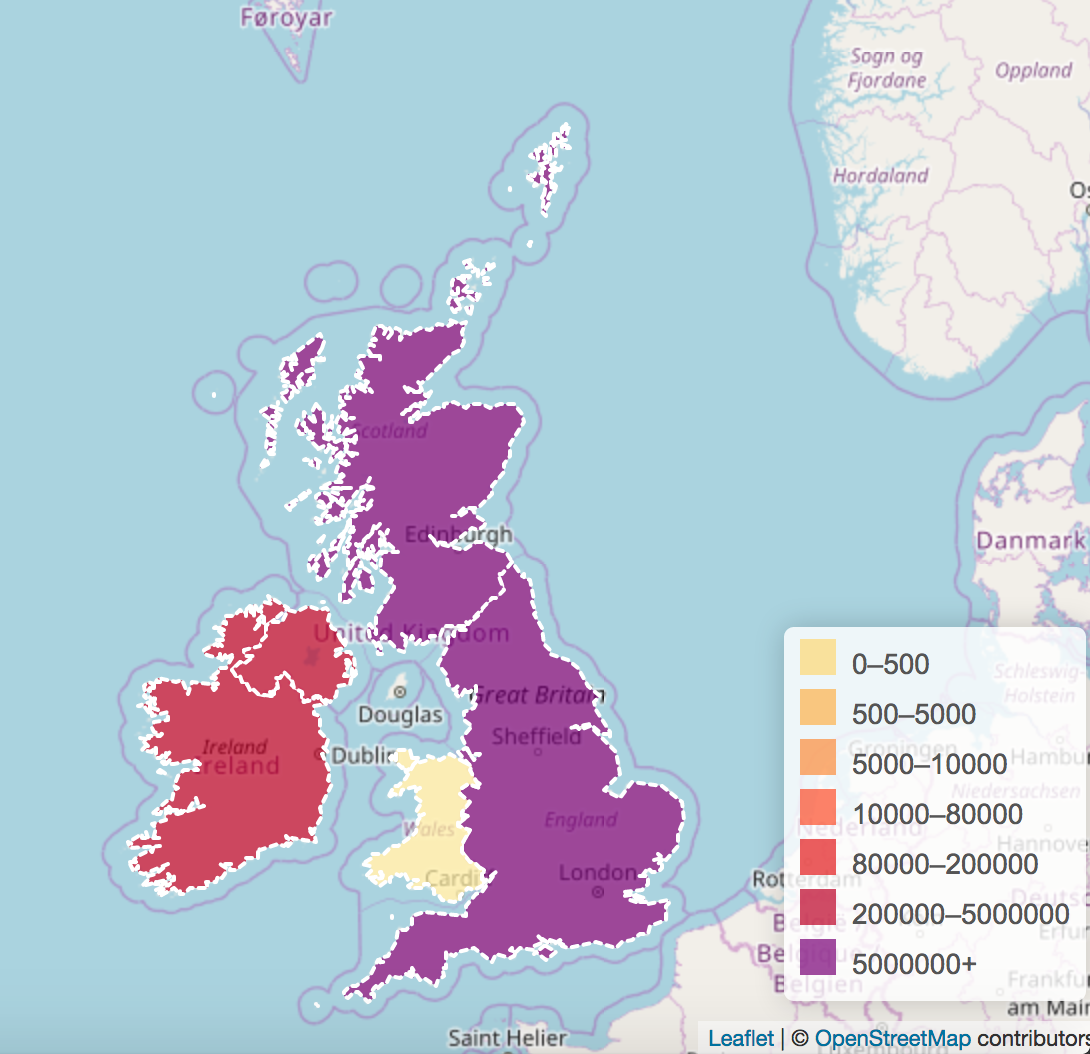Legend For A Map. Related Content Publications Topographic map symbols The legend is a small box or table on the map that explains the meanings of those symbols. Not all layers contain legend information. It simply displays the symbol followed by a text description of what that symbol represents. A map legend defines features in a map. The legend appears in a new pane and displays information about each layer that is visible at the current map scale. If you want your map to be more visually appealing, it is best to avoid using too many symbols or colours in your legend. Instructions: Use this Fact Sheet to teach students about topographic map symbols. On the Contents (dark) toolbar, click Legend.

Legend For A Map. The map legend often also has a scale to help the map reader gauge distances. It simply displays the symbol followed by a text description of what that symbol represents. Legends in ArcGIS Pro are very powerful, but they can also be tricky. Map legends explain map symbols and are crucial to the communication of a map's message. It can be hard to know where to start. Legend For A Map.
The legend may also include a map scale to help you determine distances.
Perhaps we could have used "Symbols for Maps of Areas with Larger Populations" in the Atlas of Oregon.
Legend For A Map. The map legend is sometimes called the map key. A map legend is a side table or box on a map that shows the meaning of the symbols, shapes, and colors used on the map. The map below contains a legend that provides information. And there's no better way than to illustrate this with a couple of examples. To view a map's legend, do the following: In Map Viewer (formerly a separate beta installation but now included with the portal automatically), find and open the map with the legend you want to view.
Legend For A Map.










